I am looking for some guidance on the standard way of implementing plugins in D365 CE or what Microsoft recommends.
I generally follow this practice -
1. Have only 1 CRM Solution and one plug-in assembly (DLL) for all these plugin steps.
2. Have a separate ".cs" file for each plugin in this project.
3. Each plugin corresponds to specific functionality. So in case, we want to disable any functionality, it could be easily done without changing the code.
4. Have only 1 CRM Solution for all these plugins.
Looking forward to some expert guidance.
Thanks!
